
The tiger weasel (scientific name: Vormela peregusna) is also known as the Marbled Polecat in English. There are 5 subspecies.The tiger weasel is alert, fierce, has a keen sense of smell, poor vision, and can climb trees. In spring and summer, it likes to move at dawn and dusk and at night. They sel...

Egyptian Weasel (scientific name: Mustela subpalmata), foreign name Egyptian Weasel, no subspecies.The Egyptian weasel species population is thought to have occurred in northern and eastern Israel since the Ice Age, where there are traces of more widespread populations, such as fossils found at Shaa...
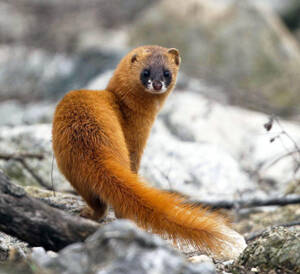
The yellow weasel (scientific name: Mustela sibirica) is also known as the Siberian Weasel. It is a small carnivore of the family Mustelidae and the class Mammalia. It has 12 subspecies and is commonly known as the yellow weasel.The yellow weasel is a nocturnal animal, especially active in the early...
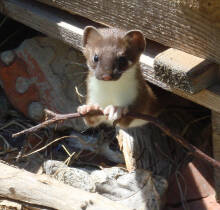
Sichuan Weasel (scientific name: Mustela russelliana) is also known as Sichuan Weasel and Lackedteeth Pygmy Weasel. It was once a subspecies of Pygmy Weasel. It was classified as an independent species in 2003 without subspecies.Sichuan Weasel is fast and agile. Vision, hearing and smell are very go...

The forest weasel (scientific name: Mustela putorius) is also known as Western Polecat and European Polecat in foreign languages. There are 7 subspecies in total.Most forest weasels are solitary creatures, prefer to live alone, and have a strong sense of territory. They act alone, appear in pairs on...
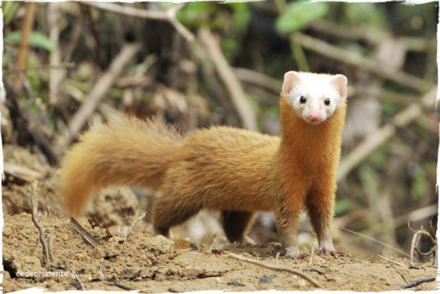
Malay Weasel (scientific name: Mustela nudipes) is also known as Malay Weasel in English. There are 2 subspecies. Specific habits are unknownListed in the 2015 Red List of Endangered Species of the World Conservation Union (IUCN) ver 3.1-Least Concern (LC).Protect wild animals and stop eating game.M...

Least Weasel (scientific name: Mustela nivalis) is also known as Least Weasel in foreign language. There are 7 subspecies.Least Weasel usually moves alone. They often go out to forage during the day. Their hunting areas are generally fixed. Unless food is extremely scarce, they will not leave their...
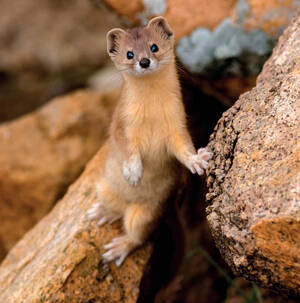
Mustela altaica (scientific name: Mustela altaica) is a small to medium-sized weasel with 4 subspecies.Mustela altaica is mostly active alone, active during the day or at night, and is more active at dawn and dusk. It lives in caves. It likes to live in caves, but it is not good at digging holes. It...
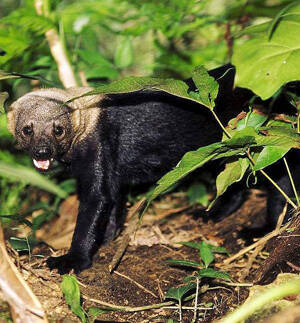
The scientific name of the fox stoat is Eira Barbara, a mustelid species native to Central America. It is the only species in the genus Eira Barbara and has 9 subspecies.The fox stoat is a species that lives alone or wanders around in pairs. Sometimes they form small groups of three or four, and the...
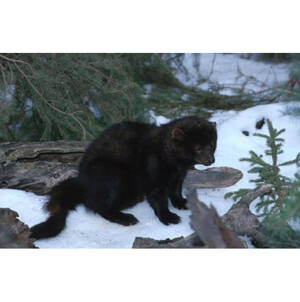
Martes pennanti (scientific name: Martes pennanti) is also known as Fisher in English. There are 3 subspecies.Martes use "resting places" such as logs, hollow trees, stumps, and nests on the ground at all times of the year. Underground burrows are most commonly used in winter, while tree n...
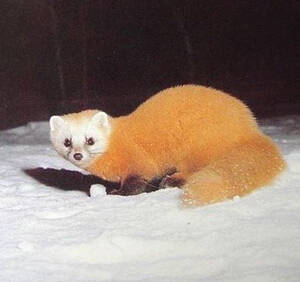
Japanese Marten (scientific name: Martes melampus) has three subspecies.Subadult Japanese martens generally establish territories immediately after maturity. The average area for males is 0.70 square kilometers, and the average area for females is 0.63 square kilometers, with less than 10% overlap b...
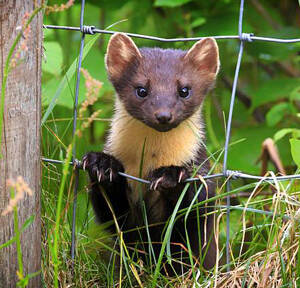
Pine marten (scientific name: Martes martes) is a medium-sized carnivore, about the size of a domestic cat, with 8 subspecies.Pine martens build nests in tree holes or shrubs. They are mainly active at night or dusk. Their claws can be semi-retracted, allowing them to live in trees. Tree holes are t...
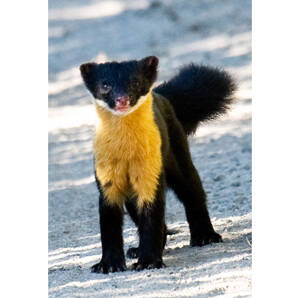
Nilgiri Marten (scientific name: Martes gwatkinsii) is a medium-sized carnivore with no subspecies. Before 1992, this species was a subspecies of the yellow-throated marten and was classified as an independent species in 1995.The Nilgiri marten likes to move at dawn and dusk, but often appears durin...
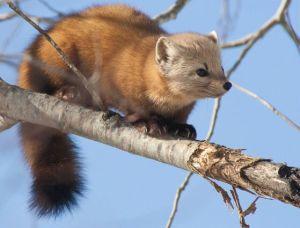
American Marten (scientific name: Martes americana) is a small to medium-sized mammal with 13 subspecies.American Marten is generally solitary. It lives in trees and can move easily in trees. It also often moves on the ground. It can swim. It does not hibernate. Mainly active at night. They use a st...

The smooth-coated otter is an animal of the family Mustelidae and genus Otter, with no subspecies.The smooth-coated otter generally does not have a fixed residence, and the residence is not covered with grass, trees or other miscellaneous objects. There is a certain area of activity, and the time of...

There are 14 subspecies of otters.Otters love to play. They often stand up by treading water, with their heads and necks above the water, looking into the distance, or climbing up and down the slope of the river bank, sliding and rolling on ice and snow, etc. These behaviors make their reactions mor...

The mink is the only species in the genus Mink, with 6 subspecies.Mink will never allow the same sex to appear in its territory, even its own children are no exception. Therefore, once a mink reaches adulthood, it will be driven away from home by its parents and start a new life on its own. However,...
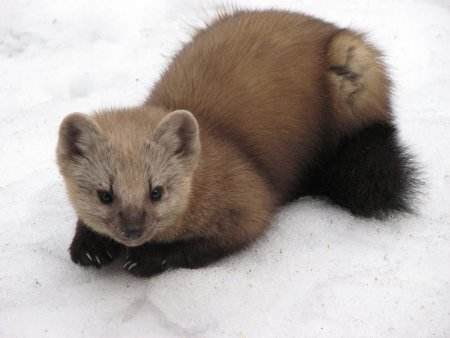
Sables are small to medium-sized mammals with 19 subspecies.Sables are good at climbing trees, are agile and nimble, and live deep in the forest. They build nests in rock cracks, tree holes and under tree roots; they usually live in settled areas, but they often wander and migrate due to the abundan...
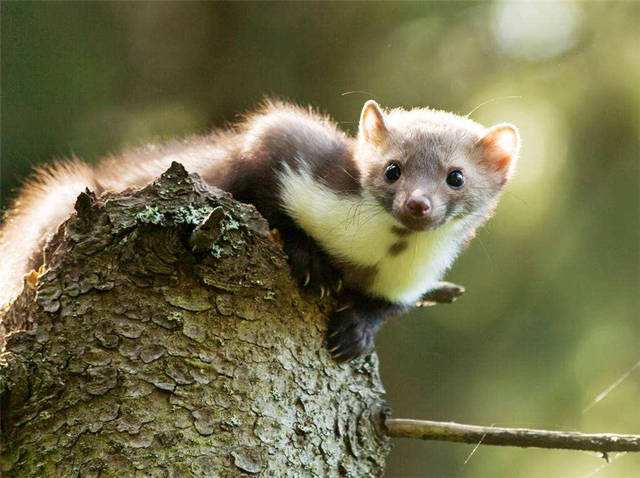
The stone marten is a small to medium-sized mammal of the genus Marten, and is relatively small among its close relatives.The stone marten is territorial, and most of them live alone except during the breeding and lactation period; the male nesting area overlaps with the nesting areas of multiple fe...
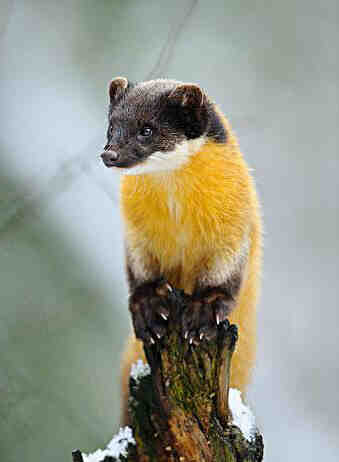
The yellow-throated marten is an animal that lives in forest areas. Due to the reduction of forest area and the fragmentation of distribution areas, the overall number has decreased.In the Mustelidae family, there is also a guy who fights all day long and also likes to eat honey - the yellow-throate...